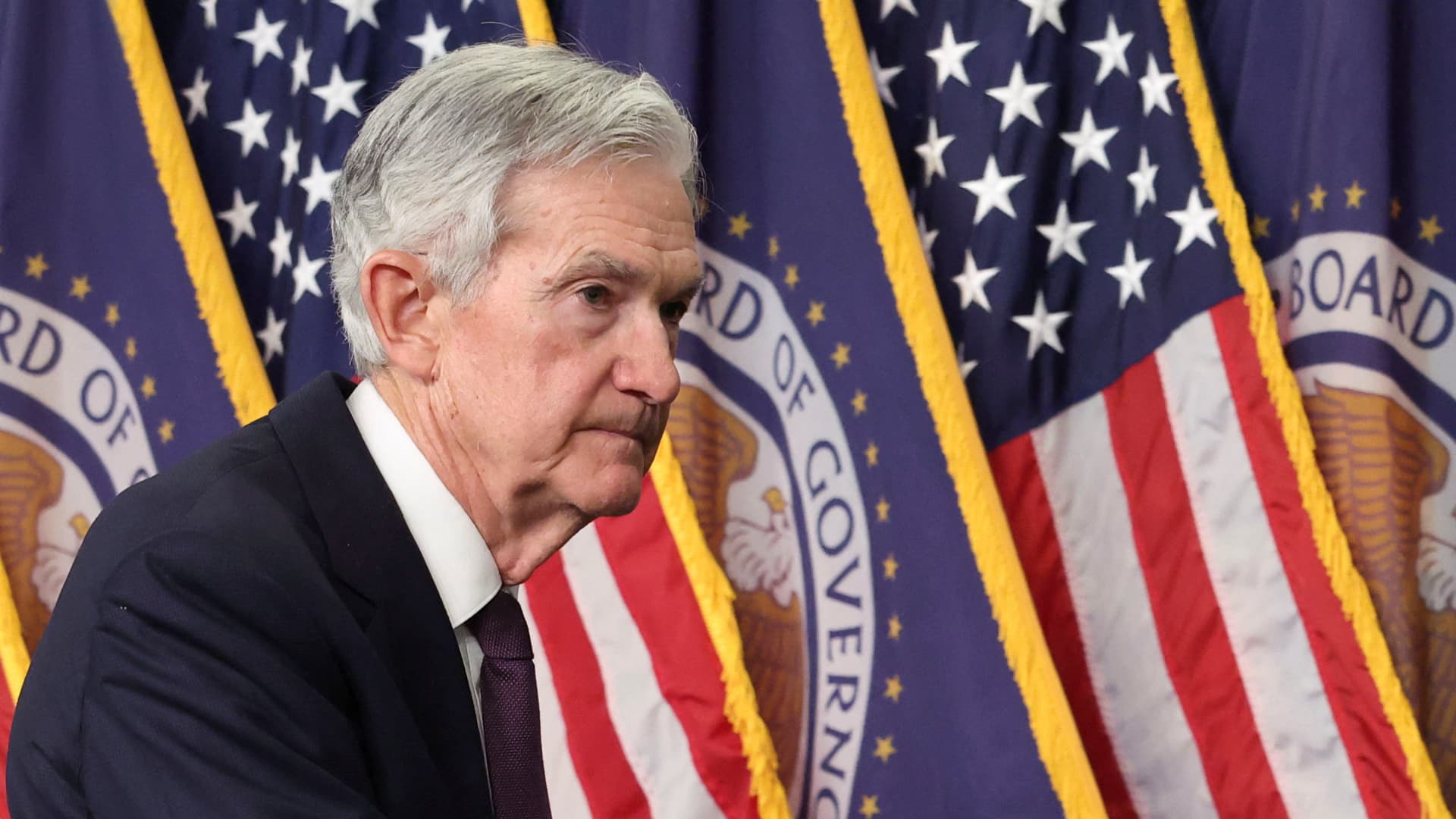Analyzing the Intersection of Economic Signals and Political Pressure on U.S. Monetary Policy
Introduction: Navigating a Complex Economic Crossroads
The recent slowdown in U.S. private-sector job growth, as revealed by the ADP employment report, has ignited a vigorous debate over the Federal Reserve’s interest rate strategy. This development, set against a backdrop of political pressure from former President Donald Trump, highlights the challenging balance between sustaining economic growth and maintaining inflation control. The interplay of weak labor data, outspoken political critique, and evolving market reactions presents a multifaceted scenario demanding careful examination.
The Cooling Labor Market: What the ADP Data Reveals
The ADP report’s highlight of only approximately 37,000 new private-sector jobs in May—the lowest in over two years—raises significant concerns about the labor market’s health. This figure starkly contrasts with economists’ expectations, which had anticipated stronger growth following previous months’ positive signals. The slowdown points to a potential easing of wage pressures and a softening in consumer demand, factors that inherently affect the broader economy. A contracting labor market can reduce disposable income, consequently dampening spending and impacting GDP growth.
This economic cooling challenges the Federal Reserve’s current posture. With interest rates held at elevated levels to tame inflation, the reported weakness in job creation suggests the risk that tighter monetary policy could stifle growth rather than temper price rises. The data places the Fed at a crossroads: maintain restrictive policy to quash inflation or pivot to accommodate a slowing economy.
Trump’s Vocal Critique of Monetary Policy Leadership
President Trump’s reaction to the ADP figures and the Fed’s stance has been notably forceful and unambiguous. Labeling Jerome Powell as “Too Late” and a “major loser,” Trump’s rhetoric underscores his frustration with what he perceives as a sluggish response from the Federal Reserve to emerging economic headwinds. By contrasting U.S. policy with Europe’s earlier interest rate cuts, Trump paints the Fed as hesitant and out-of-step with global monetary trends.
This public admonishment serves multiple purposes. Politically, it applies pressure on an institution renowned for its independence, potentially influencing policy decisions amid significant economic uncertainty. It also reflects a broader narrative of dissatisfaction with the Fed’s cautious approach during a period marked by trade tensions and inflationary pressures. Moreover, Trump’s blunt language resonates with segments of the public and markets anxious for swift economic relief, amplifying the political stakes entwined with monetary policy.
Market Repercussions: Currency Shifts and Safe-Haven Moves
Market responses to these unfolding circumstances have been immediate and telling. The U.S. dollar has experienced depreciation, a direct reflection of investor concerns about both economic growth prospects and the Federal Reserve’s reactive pace. A weaker dollar tends to improve the international competitiveness of U.S. exports but simultaneously complicates inflation control by raising import prices.
In parallel, gold prices have surged past $3,400 per ounce, a classic indicator of market anxiety. Gold’s appeal as a hedge against currency devaluation and economic uncertainty has intensified amid fears of possible recessionary trends and policy missteps. These market behaviors encapsulate the fragile balance investors navigate—anticipating either continued inflationary pressures or an abrupt economic downturn.
Broader Economic Forces and Policy Dilemmas
The Federal Reserve operates within a challenging environment shaped by intersecting factors:
– Interest Rate Strategy Complexity: Maintaining higher interest rates aims to curb inflation, yet emerging labor market softness suggests these policies might soon backfire by dampening growth too sharply. Analysts speculate that the Fed could pivot towards rate cuts as early as mid-summer to preempt recession risks.
– Impact of Trade Policies: The tariffs and trade disputes, notably those championed during Trump’s administration, continue to reverberate through the economy, exacerbating cost pressures and complicating monetary policy effectiveness.
– Labor Market Data Nuances: While the ADP report signals weakness, alternative measures like the non-farm payroll data occasionally present differing narratives, injecting uncertainty into economic assessments and policy decisions.
The Political-Monetary Policy Dynamic
Trump’s direct challenge to Powell and the Federal Reserve epitomizes the tension between political imperatives and the technical autonomy of monetary institutions. By publicly calling for immediate interest rate cuts, the former president is not merely commenting on economics but engaging in a power dynamic that tests the Fed’s independence.
This friction has tangible implications—temporary market volatility following Trump’s remarks demonstrates how political discourse can ripple through financial systems. Moreover, the ongoing debate about the Fed’s proper role underscores deeper questions regarding transparency, accountability, and the timing of monetary interventions.
Conclusion: Balancing Patience and Action in an Uncertain Economy
The confluence of weakening job growth, pointed political criticisms, and cautious monetary policy forms a challenging portrait of the current U.S. economic climate. The ADP report’s indication of labor market cooling has intensified calls for swift interest rate reductions, with President Trump’s outspoken demands amplifying the sense of urgency.
Yet, the Federal Reserve’s task remains intricate: it must carefully weigh inflation risks against the potential for stalling economic momentum amid external pressures like trade disruptions. Market reactions, including dollar depreciation and gold price rallies, signal investor unease and highlight the stakes involved.
Ultimately, the trajectory of U.S. economic policy in the coming months will hinge on how the Federal Reserve navigates these competing influences. Whether it responds to political pressures with accelerated rate cuts or maintains a deliberate approach, the decisions made will resonate through markets and daily economic realities alike, shaping the outlook for growth, inflation, and financial stability.











